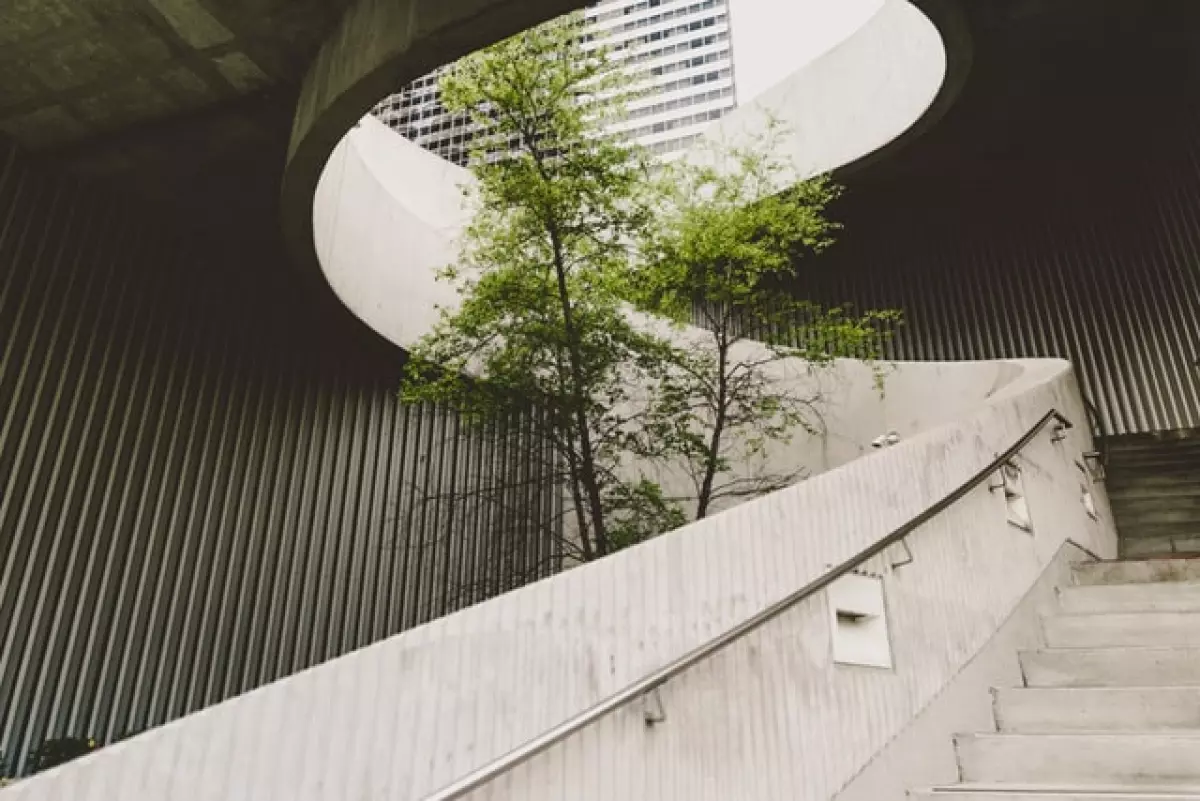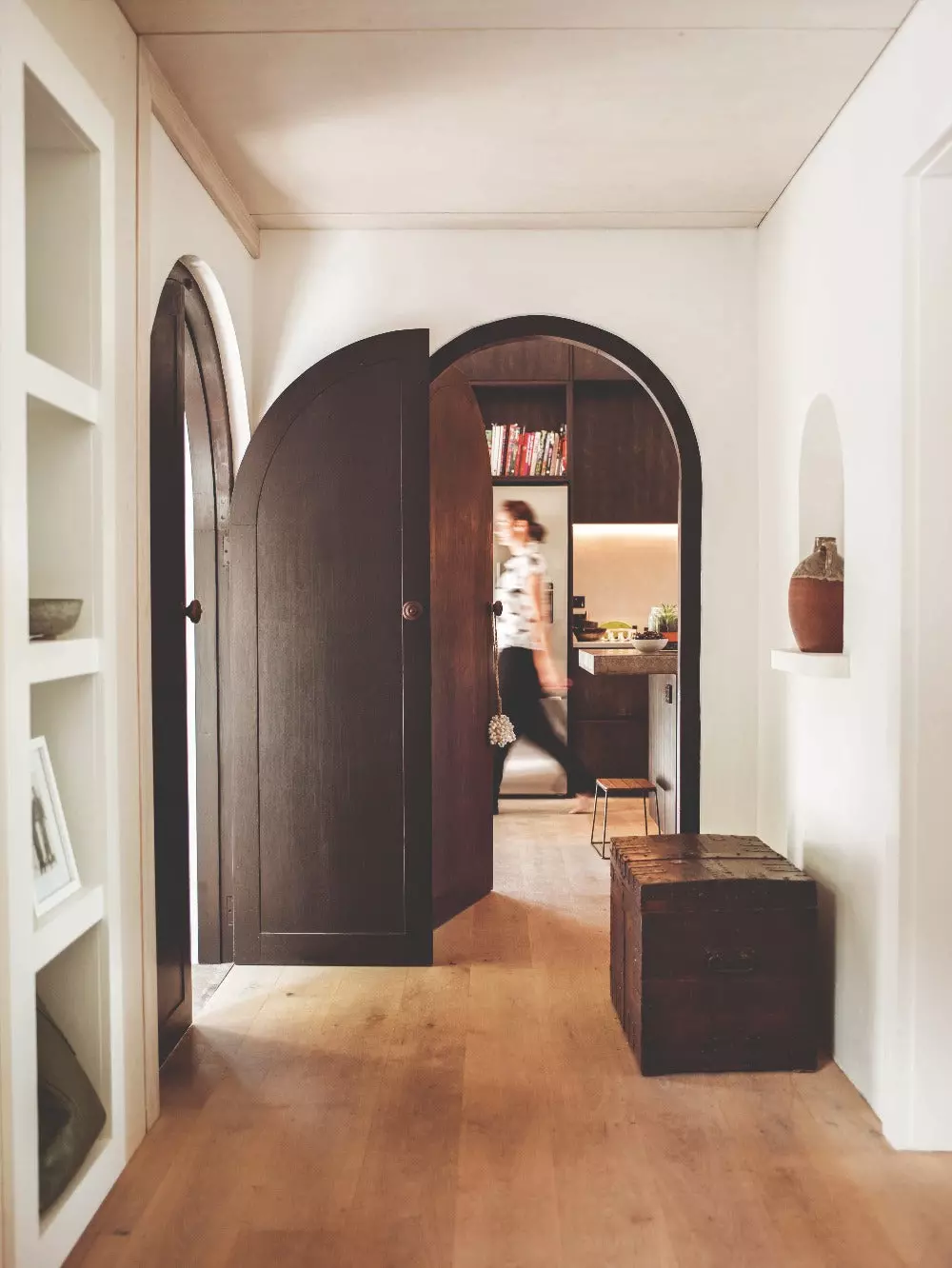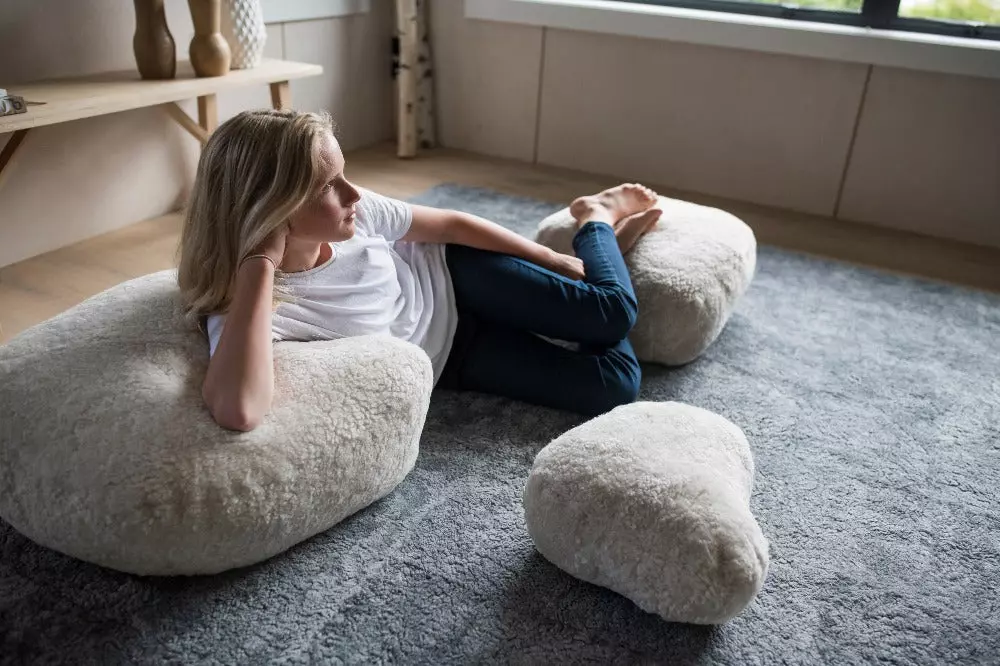 Above: Image by Alexander Abero
Above: Image by Alexander Abero
Interior sustainability is more than just a trend; it is a crucial aspect of our responsibility towards the environment and future generations. Sustainable interior design aims to create spaces that are environmentally conscious, focusing on the use of recycled materials and reducing negative impacts on the planet. But what are the pillars and strategies that underpin sustainable interior design? Let's explore.
The Importance of Sustainability
Sustainability is vital because it affects the quality of our lives and the biodiversity of Earth's ecosystems. It is not just about finding alternative sources of energy; it is about creating a long-term plan for the future. By incorporating eco-friendly interior design in our homes, we can increase energy efficiency and reduce our carbon footprint.
How to Determine Sustainability
Identifying truly sustainable products can be challenging. Many companies claim to be eco-friendly for marketing purposes, but their products may not live up to these claims. To ensure that you are making environmentally responsible choices, it is important to look beyond general statements. Seek specific details, such as if a product is made from 100% recycled materials.
A reliable way to judge a product's eco-friendliness is to do some online research. Look for official green certifications, like the NZGBC Green Star for office design, which assesses various criteria like energy usage and materials. This certification can serve as an indicator of a product's environmental impact.
The Significance of Sustainability in Interior Design
Sustainability plays a significant role in the field of interior design. From new construction projects to renovations, interior designers have the opportunity to create eco-friendly designs. By using energy-saving designs and recycled building materials, designers can contribute to improving energy efficiency and indoor air quality. Taking advantage of natural light can also reduce the need for electrical lighting.
 Above: Amanda Dorset at Home With Life & Leisure Magazine
Above: Amanda Dorset at Home With Life & Leisure Magazine
In addition to the environmental benefits, sustainable interior design also offers practical advantages. By selecting construction materials with low environmental impact, designers can improve the health and well-being of occupants. Furthermore, sustainable design can lead to lower maintenance costs in the long run and enhance the designer's brand image and reputation.
Green Design vs. Sustainable Design
While green design and sustainable design are related, they have distinct differences. Green design focuses on the present, addressing immediate environmental concerns such as water pollution and waste management. On the other hand, sustainable design takes a long-term approach, considering social and economic development along with environmental protection.
 Above: Shaggy Bean Bag, Extra Long Wool (Mt Gold)
Above: Shaggy Bean Bag, Extra Long Wool (Mt Gold)
Sustainable Design Strategies
To achieve sustainable interior design, several strategies can be employed. Here are a few key approaches:
-
Reduce materials: Minimizing the overall size, weight, and number of materials used in a design reduces its environmental impact. Using fewer materials without compromising quality can also decrease transportation costs and associated emissions.
-
Modularity: Designing products that can be reconfigured in different ways allows for adaptability and versatility. Modularity not only increases the longevity of furniture but also enables customers to customize their interiors based on their changing needs.
 Above: Sheepskin Stone Set (Dublin Bay) on a Designer Floor Rug, 25mm (Gladstone)
Above: Sheepskin Stone Set (Dublin Bay) on a Designer Floor Rug, 25mm (Gladstone)
-
Longevity: Creating products that are durable and timeless ensures that they will last longer, reducing the need for frequent replacements. Repairing or upgrading items throughout their lifespan further extends their value and minimizes waste.
-
Examples of Sustainable Design: Designers are continually exploring innovative ways to promote sustainability. Large-scale examples include wind turbines and solar-powered lighting in commercial spaces. On a smaller scale, incorporating recycled materials like reclaimed wood furniture and using energy-efficient products can make any interior more eco-friendly.
 Above: Image by Usukhbayar Gankhuyag
Above: Image by Usukhbayar Gankhuyag
The Pillars of Sustainability
Sustainability encompasses four distinct areas: human, social, economic, and environmental. These pillars guide the design process and ensure a holistic approach to sustainability.
-
Human sustainability focuses on developing skills and capacities that support the well-being of communities and society.
-
Social sustainability emphasizes the preservation of resources for future generations and acknowledges the impact of actions on others. It promotes concepts such as cohesion, reciprocity, and the importance of relationships.
-
Economic sustainability pertains to an economy's ability to support ongoing economic production without depletion of resources. It aims to improve the standard of living and ensure social equality.
-
Environmental sustainability strives to protect natural resources, improving human well-being while considering the needs of future generations.
The 5 R's of Sustainability
In order to improve the eco-friendliness of any home, designers can follow the principles of the 5 R's: refuse, reduce, reuse, repurpose, and recycle.
-
Refuse: Say no to wasteful or non-recyclable products to minimize waste production.
-
Reduce: Use the minimum amount of harmful and non-recyclable products necessary to avoid unnecessary waste.
-
Reuse: Instead of buying new, try to repurpose or reuse items to reduce waste.
-
Repurpose: Get creative and upcycle items to give them new life and functionality.
-
Recycle: When all other options have been exhausted, recycle materials to minimize waste and promote a circular economy.
By implementing these principles, we can all contribute to a more sustainable future.
Remember, sustainable interior design is not an isolated trend but a commitment to the well-being of our planet. Let's embrace the pillars and strategies of sustainable design to create a greener and healthier future.

















